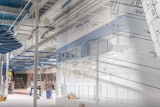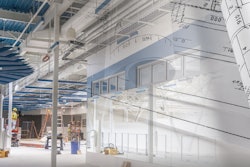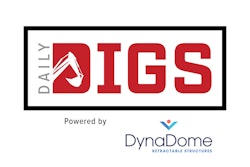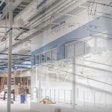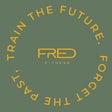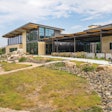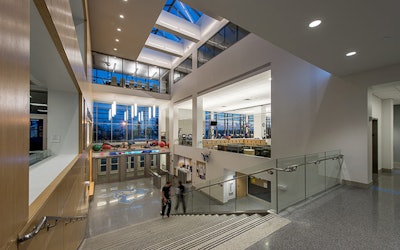
School and sports administrators embarking on their first-ever capital project are sometimes surprised to learn how much architecture firms resemble other types of corporations. From the moment the architect steps in front of the building committee, making a pitch while brandishing renderings in watercolor, the image is of the architect as artist, driving this misreading of design firms.
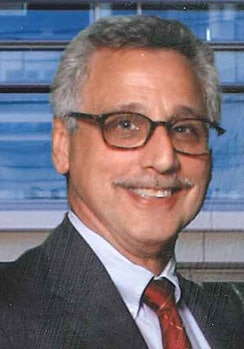 Ralph Agostinelli is a senior project manager at Stanmar Inc., a design-build firm specializing in athletic and recreation facilities.
Ralph Agostinelli is a senior project manager at Stanmar Inc., a design-build firm specializing in athletic and recreation facilities.
In many people’s eyes, the architect already stands taller than the other workers at the firm. Once construction begins, many people place the architect on an even taller pedestal. But the success of most projects depends on what happens when everyone stands eye to eye — the architect, the contractor and subcontractors. Architecture firms get the best results when these are relationships of equals — when a sudden problem on the job site brings quick, collaborative solutions rather than finger-pointing.
Consider your last visit to a fine-dining establishment. Even if the restaurant bears the name of a celebrity chef, your food has likely been bought by an executive chef and prepared by one or more sous chefs and half a dozen line cooks. And that’s just in the kitchen — the server who takes your order and fusses over you, the person who busses your table and the others you come in contact with at your table have as much impact on the quality of your dining experience than the head chef. Possibly more.
So one of your goals, when interviewing design firms, should be to be as focused on the firm’s relationships with other members of its construction team as on the loftier and higher-concept aspects of the design. Does the firm have longstanding working relationships with other professionals who can also be counted on to do high-quality work? Will the members of the team that bid for the job remain with the team throughout the building process? Do the firm’s testimonials speak to its ability to give good service all the way through the job, and not just up until the first shovels go in the ground?
Things can change over the several years it takes to design and construct a recreation center or arena. It’s best to go into the process with an understanding that you hire an entire team of professionals, not just a design professional.
Ralph J Agostinelli, PE ([email protected]) is senior project manager at Stanmar Inc., a Wayland, Mass., design-build firm specializing in athletic and recreation facilities.













